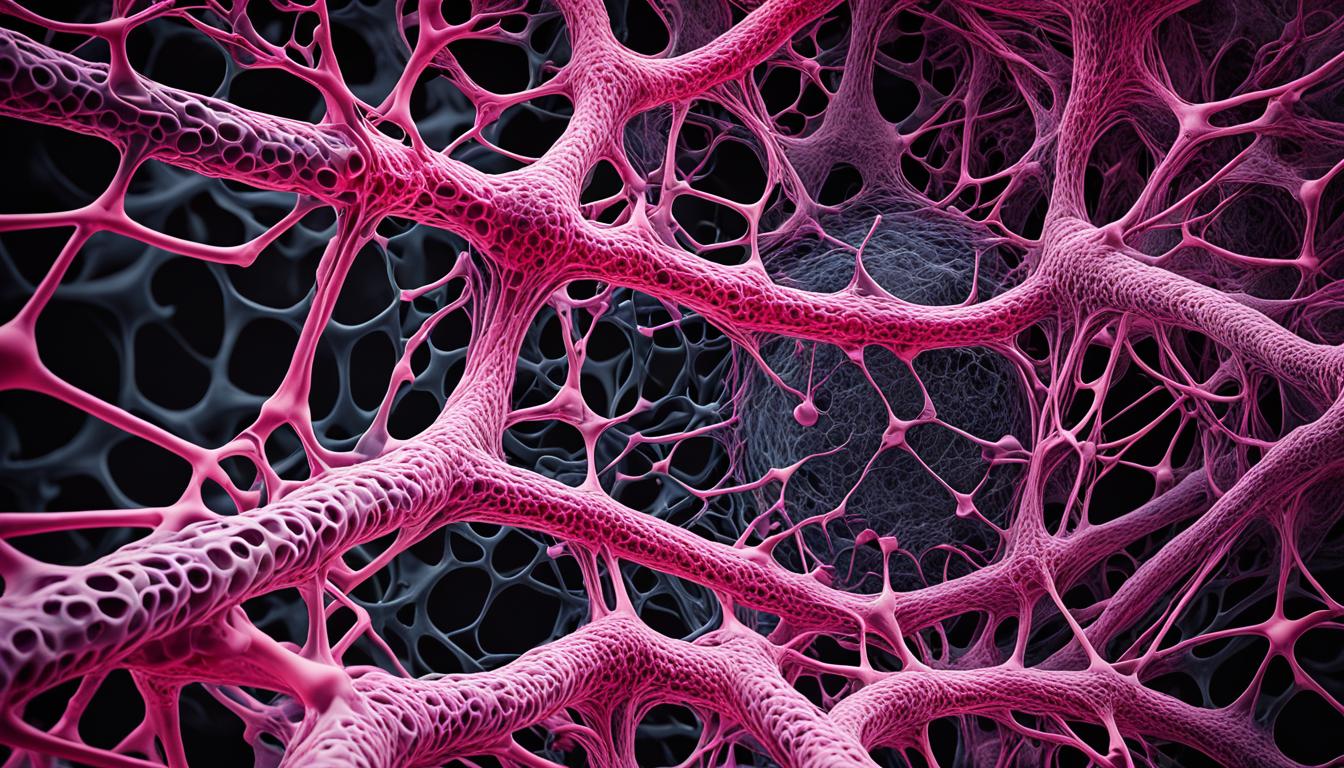Intraductal carcinoma is a non-invasive type of breast cancer. It starts in the milk ducts of the breast. Abnormal cells grow in the ducts but don’t spread to the rest of the breast. This condition is known as ductal carcinoma in situ (DCIS).
It is the most frequent form of breast cancer, making up about 75% of all cases. The number of people diagnosed with invasive ductal carcinoma is increasing. In the United States, it is expected that nearly 297,790 new cases will be found in 2023.
This disease mainly affects women. But, a small part, about 2%, of these cases occur in men. Additionally, almost all breast cancers in men are of this type.
Key Takeaways:
- Intraductal carcinoma is a non-invasive breast cancer that originates in the milk ducts.
- It is the most common type of breast cancer, accounting for approximately 75 percent of invasive breast cancers.
- Incidence rates of invasive ductal carcinoma have been increasing over the past 20 years.
- An estimated 297,790 new cases of invasive ductal carcinoma are projected to be diagnosed in the U.S in 2023.
- About 2 percent of invasive ductal carcinoma cases occur in males, with approximately 98 percent of male breast cancers being invasive ductal carcinoma.
Breakthroughs in Stem Cell Therapy for Intraductal Carcinoma
Stem cell therapy is a new hope in fighting intraductal carcinoma, a type of breast cancer. It uses the power of stem cells to stop abnormal cell growth in the breast ducts. This leads to more focused and successful treatment.
Known as ductal carcinoma in situ (DCIS), intraductal carcinoma has abnormal cells in the breast ducts. These cells have not spread, so it’s not invasive. Yet, if untreated, it can turn into invasive cancer, which is very dangerous.
Therapies targeting the special genetic and molecular traits of intraductal carcinoma have been sought after. Stem cell therapy is showing great potential. It can renew damaged cells. By focusing on breast cancer stem cells that cause tumor growth and therapy resistance, it aims to beat intraductal carcinoma from the core.
A milestone in this therapy is the making of engineered stem cells. They can find and kill breast cancer cells specifically. These cells attach to unique markers on cancer cells. Then, they deliver medicine right to the tumor without harming healthy areas. This method could reduce the side effects of usual cancer therapies.
Also, research reveals that stem cell therapy makes intraductal carcinoma cells react better to targeted therapies. When added to treatments like hormone therapy or chemotherapy, the goal is a stronger and longer-lasting effect. This could lower the chances of the cancer coming back.
Work in stem cell therapy for intraductal carcinoma continues through clinical trials. These trials want to make the treatment better and safer. They also look for the best candidates to get benefits from stem cell therapy.
The Future of Intraductal Carcinoma Research and Treatment
Breast cancer research is crucial for fighting intraductal carcinoma. It looks into how to better prevent, diagnose, and treat this type of cancer. Different studies are looking at many parts of the disease to make outcomes better for those with cancer.
Researchers are studying breast cancer stem cells to tackle this cancer type. These cells help tumors grow and make treatment harder. Scientists are trying to learn how these cells work. Their goal is to make therapies that can stop them, lowering the chances of cancer coming back.
There’s also a big push for treatments that fit each patient’s tumor type. Doctors check the genetic and molecular details of the tumor. Then, they choose treatments likely to work best with fewer side effects. This personal method could greatly improve how patients do and reduce the need for tough treatments.
Clinical trials are vital for testing new treatments’ safety and impact on intraductal carcinoma. They’re done in safe, controlled environments. Trials give doctors important data. This data may lead to new treatments being approved or current treatments being refined. These trials are a key part of finding more precise and powerful treatment options.

